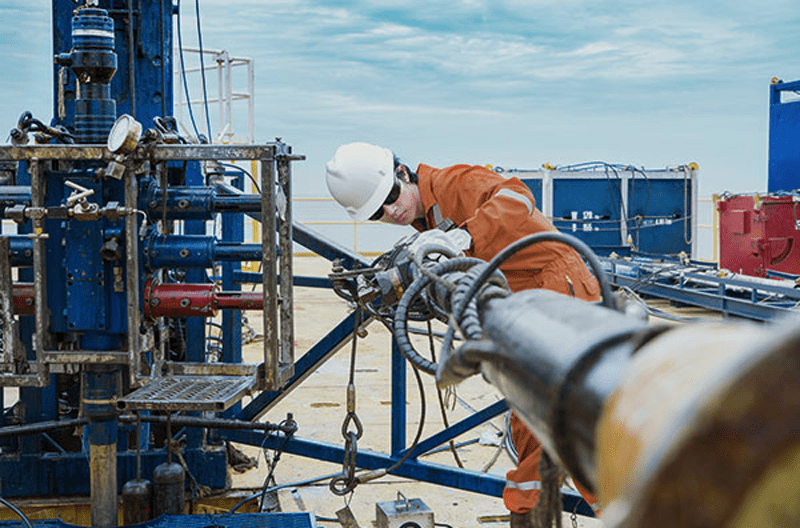Houston-based engineering firm Erdos Miller develops down-hole devices used in the drilling of advanced horizontal oil wells. Their firm develops down-hole devices used in drilling advanced horizontal wells, and their tools provide critical drilling and operational data, directly from the drill tools. Most significant is that these devices operate in extreme environments and are subject to high temperatures, vibration, and intensely high pressure. Each component of this system must withstand intense conditions and include rugged and reliable hardware, while also utilizing a flexible and customizable protocol. Such precision systems that measure while drilling call for an advanced set of tools and communication capabilities to both operate and troubleshoot simultaneously. This article will introduce the CAN (Controller Area Network) bus in general as a solution in advanced drilling. It will also explore briefly how Erdos Miller uses CAN devices to transfer in real-time the mission-critical data needed to command the location of a drill head to within centimeters of its intended target.
Why Directional Drilling
Directional drilling is ideal for a multitude of reasons: it is cost-effective, it improves production, it allows for multiple target zones with one wellbore, and, perhaps most importantly, it allows for the entry of previously inaccessible locations. Among many examples, directional drilling allows for pipeline construction beneath riverbeds and a variety of other obstructions. Ultimately, it greatly reduces environmental impact, particularly in the Arctic and in other offshore locations. But this application relies on integrated tools and communications to both ensure precision and to troubleshoot unexpected issues in real-time.
While advances in drill sensors and other global positioning technology have aided in ensuring precision and accuracy, real-time communication is the cornerstone to successful direct drilling. CAN devices have the advanced communication capabilities that can help provide reliable solutions to these complex needs.
Introduction to CAN Bus & Capabilities
A Controller Area Network (CAN) is a serial communication bus that was first invented by Bosch to reduce cable wiring, and then was developed further and codified by ISO11898-1 standards. In short, the CAN bus refers to a multi-master data bus that is immune to noise and has framing and error detection built in. It is a message-based protocol and is designed to allow micro-controllers to communicate across applications and platforms. CAN bus is utilized by a variety of industrial and automotive applications that require rugged and flexible performance, particularly in harsh environments. It allows for fine-tuning in real-time and integrates seamlessly into other ongoing operations. It is a powerful protocol, largely because it is so flexible and customizable.

Erdos Miller’s Usage of CAN’s Flexible and Customizable Protocol
When Ken Miller first began his work in the oil and gas sector, the majority of the hardware being used in these applications utilized a serial protocol.
“Based on my experience with CAN at Texas Instruments, we began designing systems that used the CAN bus protocol instead,” said Miller.
Erdos Miller chose Kvaser’s rugged CAN devices to facilitate the real-time transfer of their mission-critical data in the midst of down-hole drilling. Their CAN integration assists in remotely determining and adjusting drill-head locations down to the centimeter, while using a proprietary higher-layer software that they’ve built to work atop the Kvaser API.
Managing to find the right measurement-while-drilling system for Erdos Miller engineers was no easy task. The balance of rugged, reliable hardware and a flexible, customizable protocol is necessary for their business, and Erdos Miller needed something that was both affordable and rugged enough to be used out in the field. Not only that, but their CAN bus must be reliable night and day and their engineers needed to have a PC interface to go along with it.
Ultimately, CAN applications have a massive part to play in advanced drilling techniques such as directional drilling. CAN represents an effective solution for measuring-while-drilling as it allows for both precision-based operation and simultaneous troubleshooting. Choosing the right CAN bus for a down-hole operation is of the utmost importance for long-term success, particularly as the oil and gas industry continues to develop in complexity and in the need to handle environmental obstructions.
Photos courtesy of Kvaser



